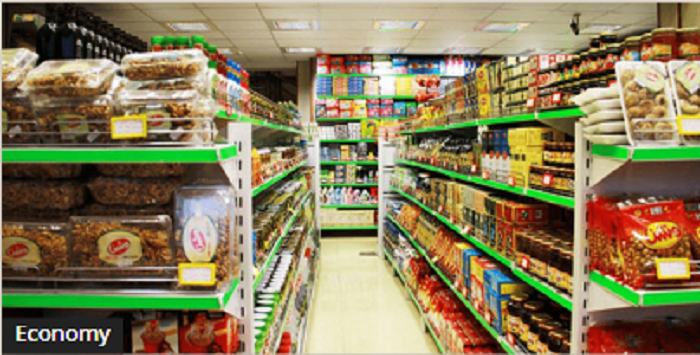

After reaching a peak of $2.717 billion in 2017, the food exports value took a downturn in 2019, nosediving to $1.921 billion by the close of 2022. Although weight-wise, food exports observed a surge in 2020 and 2021, a decline of 2% was evident from 2017 to 2022. With only 790,000 tons recorded in the initial five months of 2023, experts predict a continuation of this downward spiral.
The declining trend spurred a gathering of food industry stakeholders on September 18 at the Iran Chamber. The decline in the export value was a primary concern. Mohsen Amini, Vice Chairman of the Food Industry Commission, highlighted the new foreign exchange contracts and the modified methodology of computing export values as substantial contributors to the declining statistics.
He also pinpointed the frequent conflicting directives and the lack of robust export consortia as major hindrances to growth.One common resolution voiced was the government’s imperative to introduce a ‘mandatory exchange rate’. Many in the industry firmly believe that a ‘fixed exchange rate for export earnings’ would be a step forward in bettering conditions for non-oil exports.

Mohammad Hossein Azizi, Chairman of the Board of Directors of the Food Science and Industry Association, emphasized the industry’s significance, noting its rank as the third-largest in investment and job creation, accounting for roughly 15% of Iran’s job market.
Yet, a labyrinth of regulatory bodies overseeing the food industry has been a hurdle. With multiple ministries involved, industry navigations become intricate. Moreover, a labor crisis has hit the industry hard. Hamid Soleimanzadeh of Ham Food Industries emphasizes that attracting and retaining labor has been a significant issue in the past year. The wage dilemma – low wage offerings versus workers’ survival needs – in the face of rising costs and inflation has created a gridlock, especially in labor-intensive sectors.
With difficulties in raw material procurement, equipment maintenance, and market access due to sanctions, the crisis in Iran’s food industry intensifies. The challenges reflect a wider issue, with economic groups unable to uplift wages and workers striving to meet basic subsistence levels.

MEK Iran (follow us on Twitter and Facebook), Maryam Rajavi’s on her site, Twitter & Facebook, NCRI (Twitter & Facebook), and People’s Mojahedin Organization of Iran – MEK IRAN – YouTu







